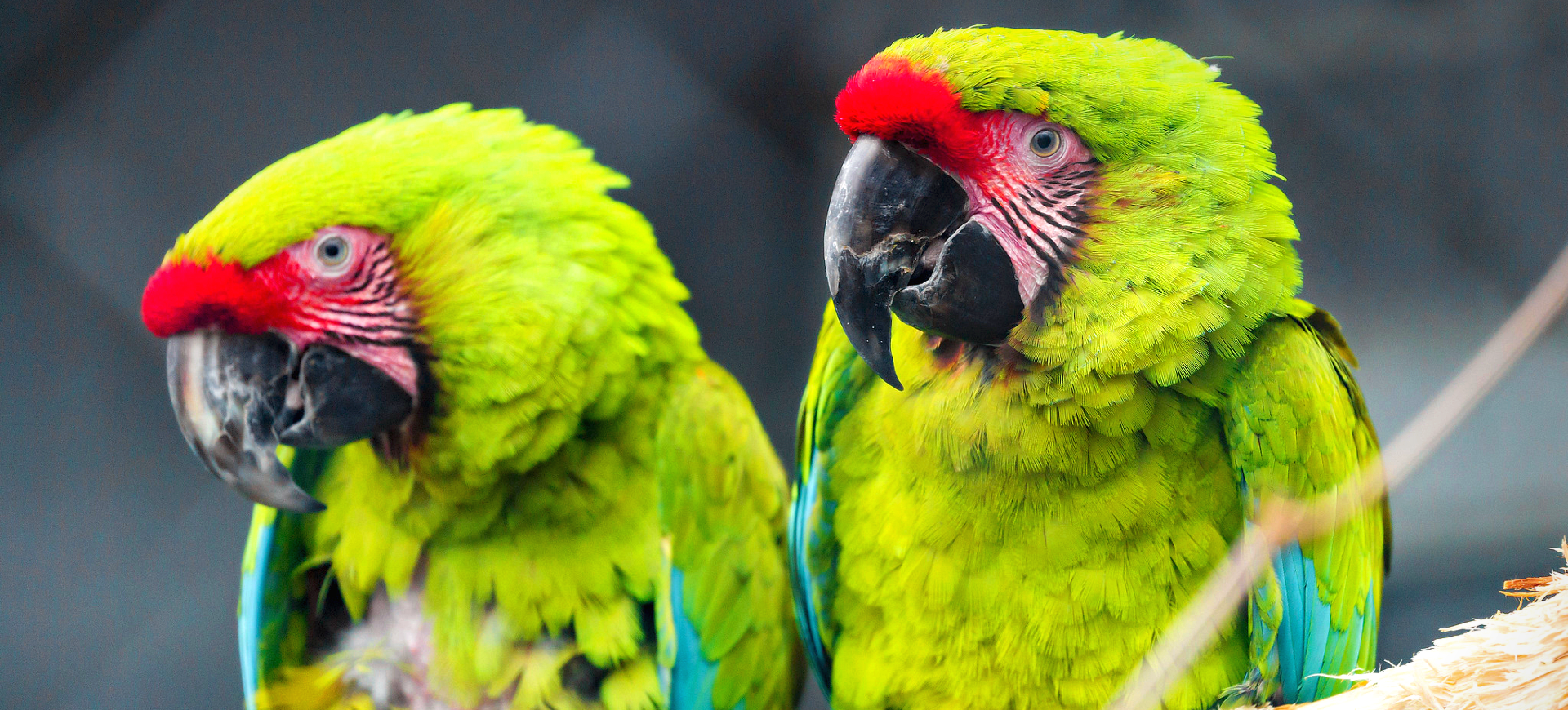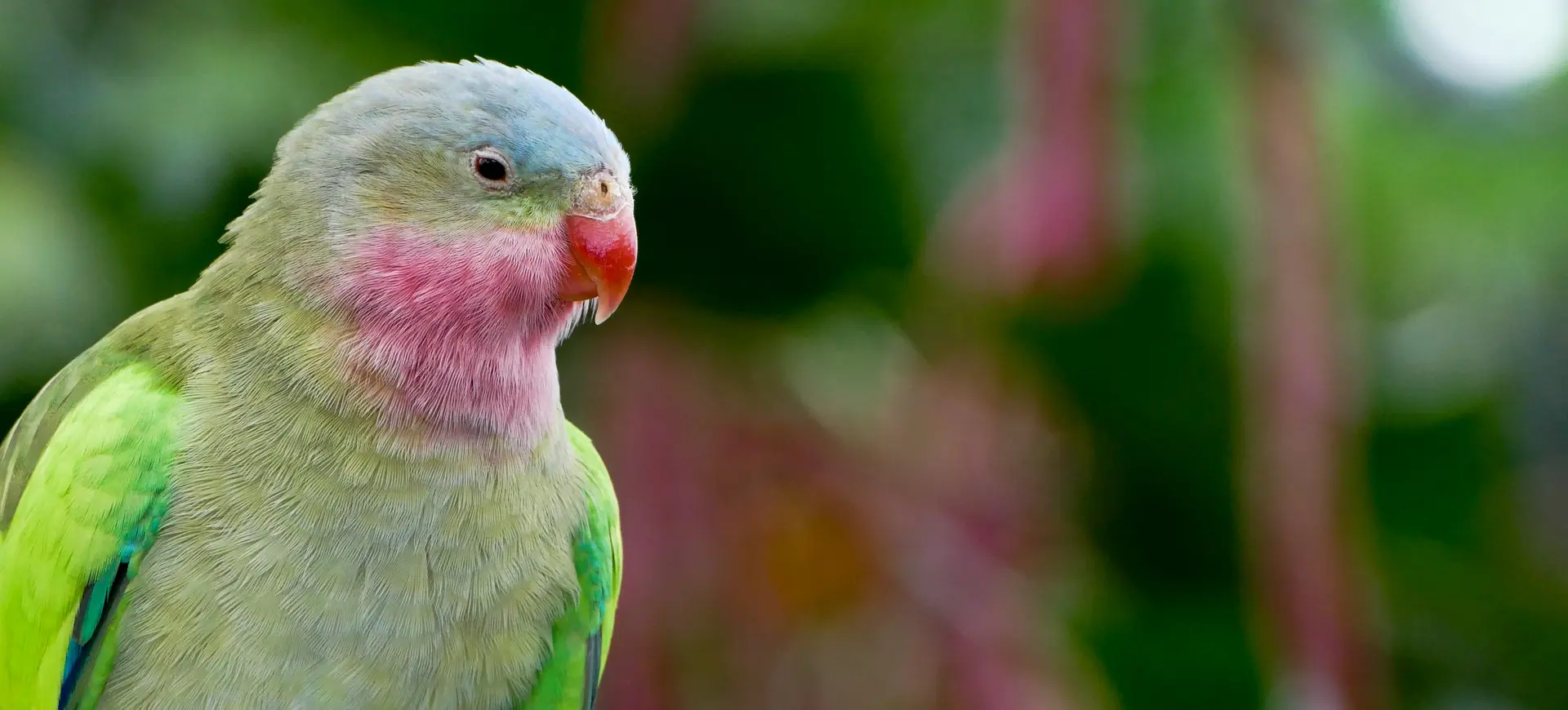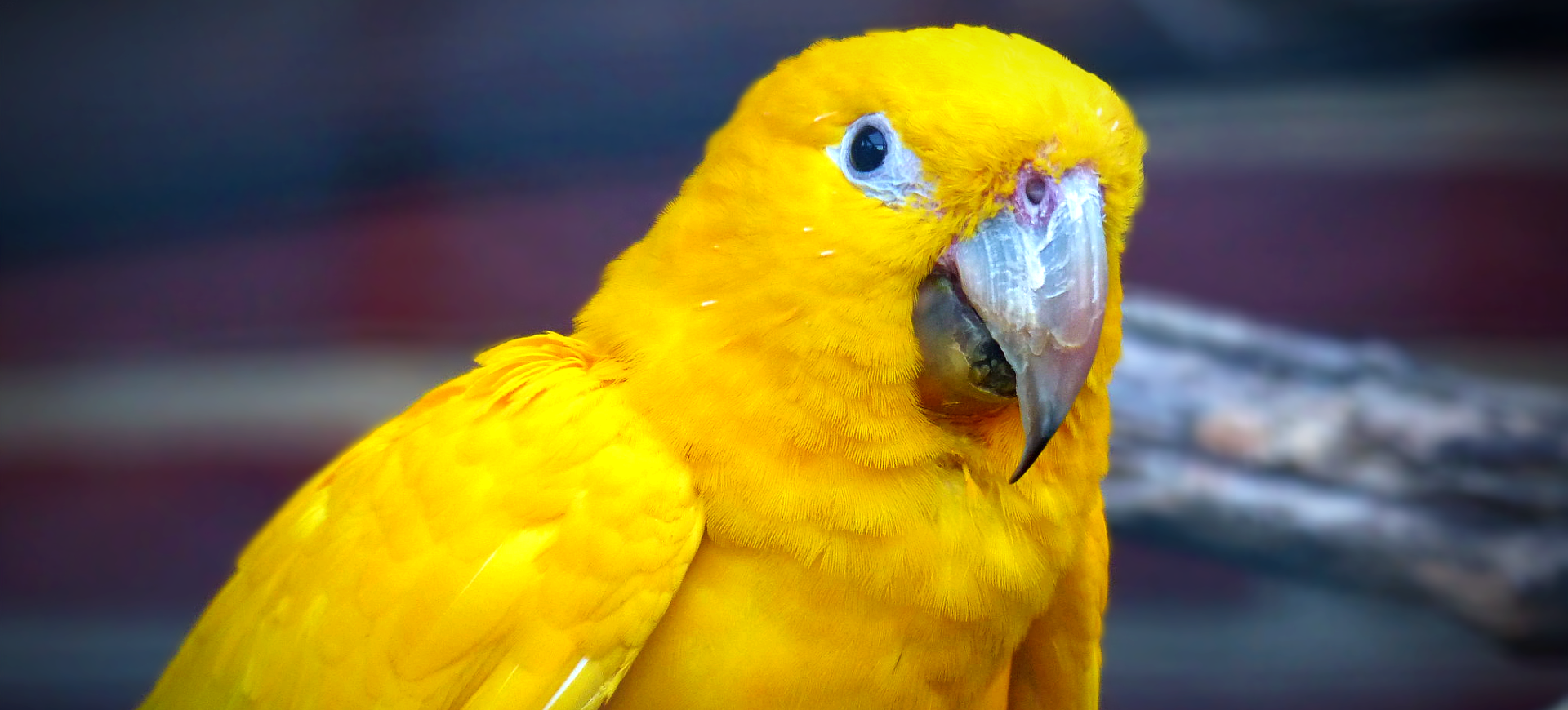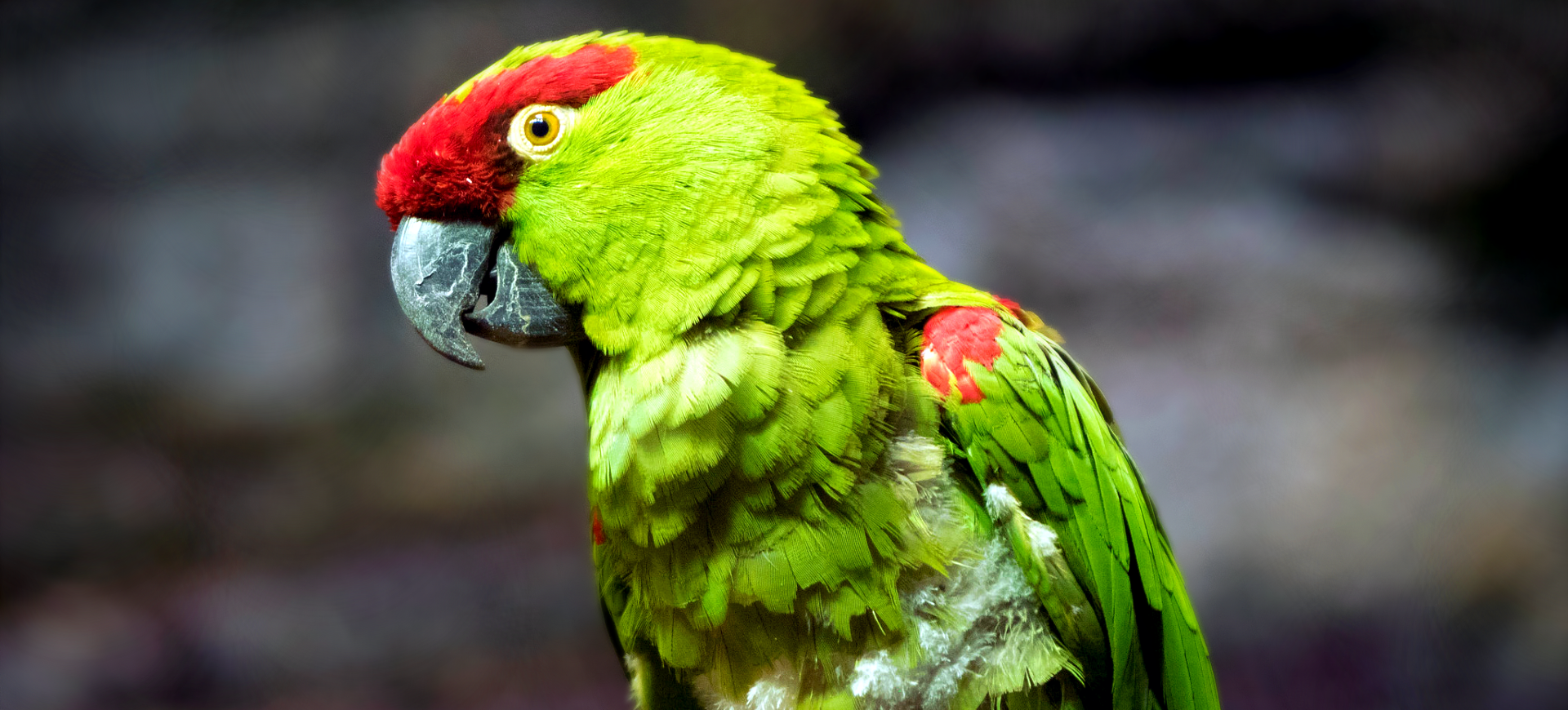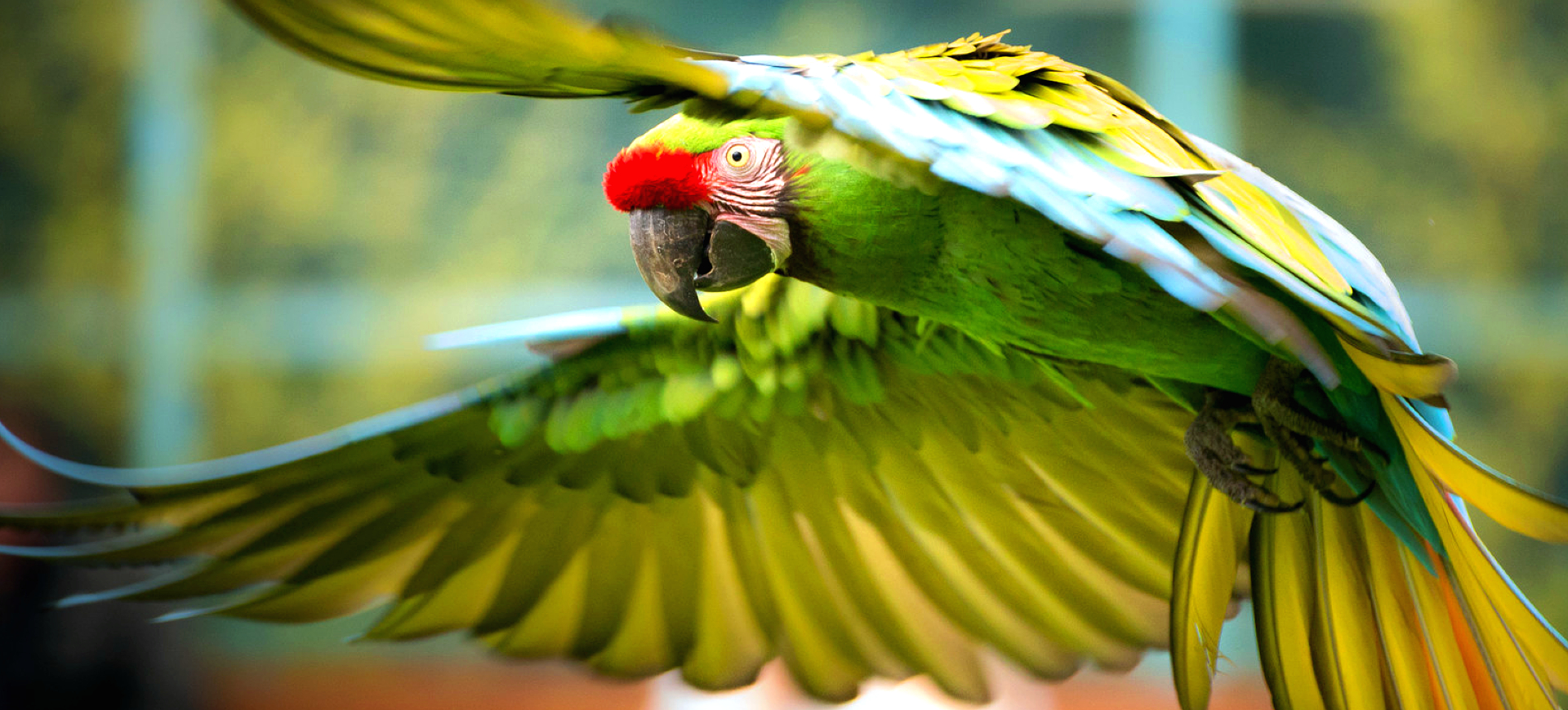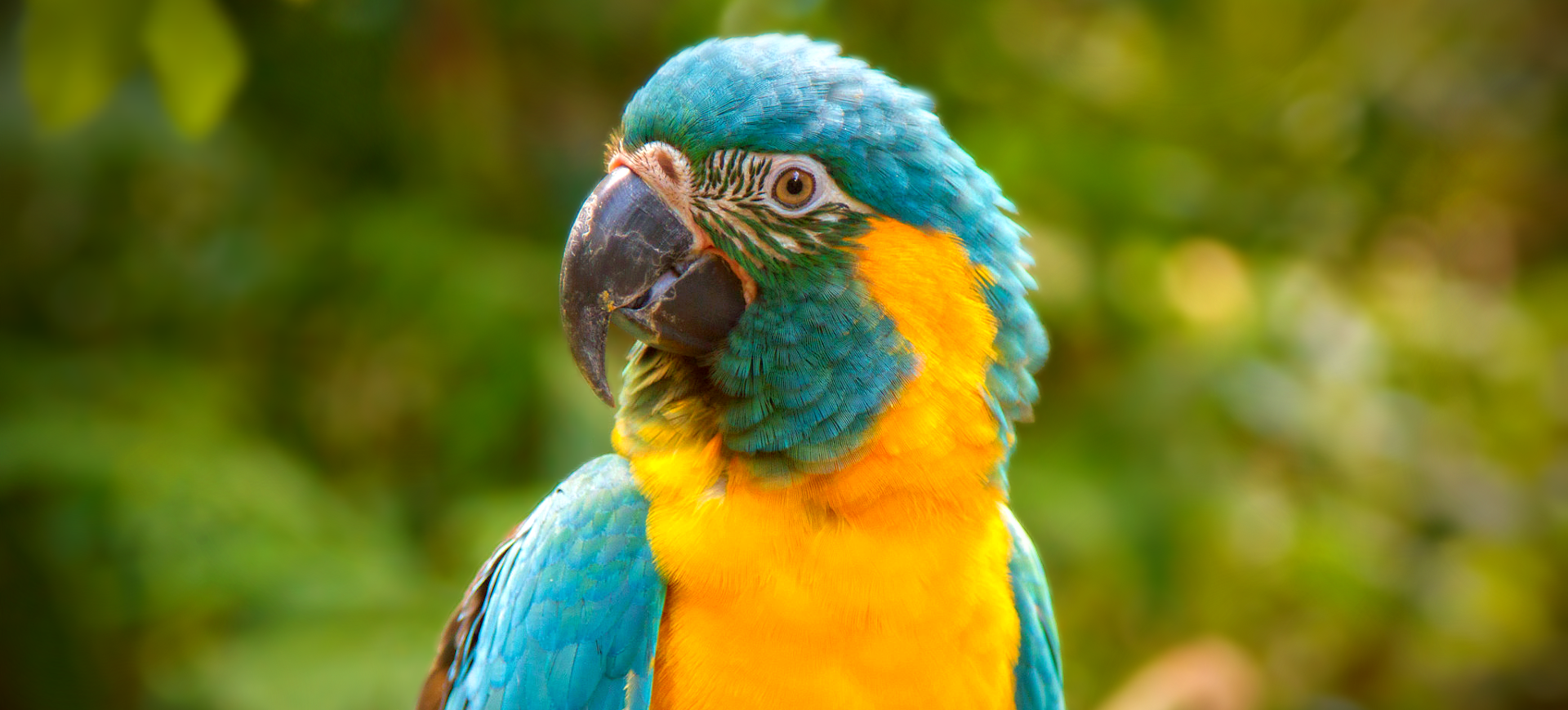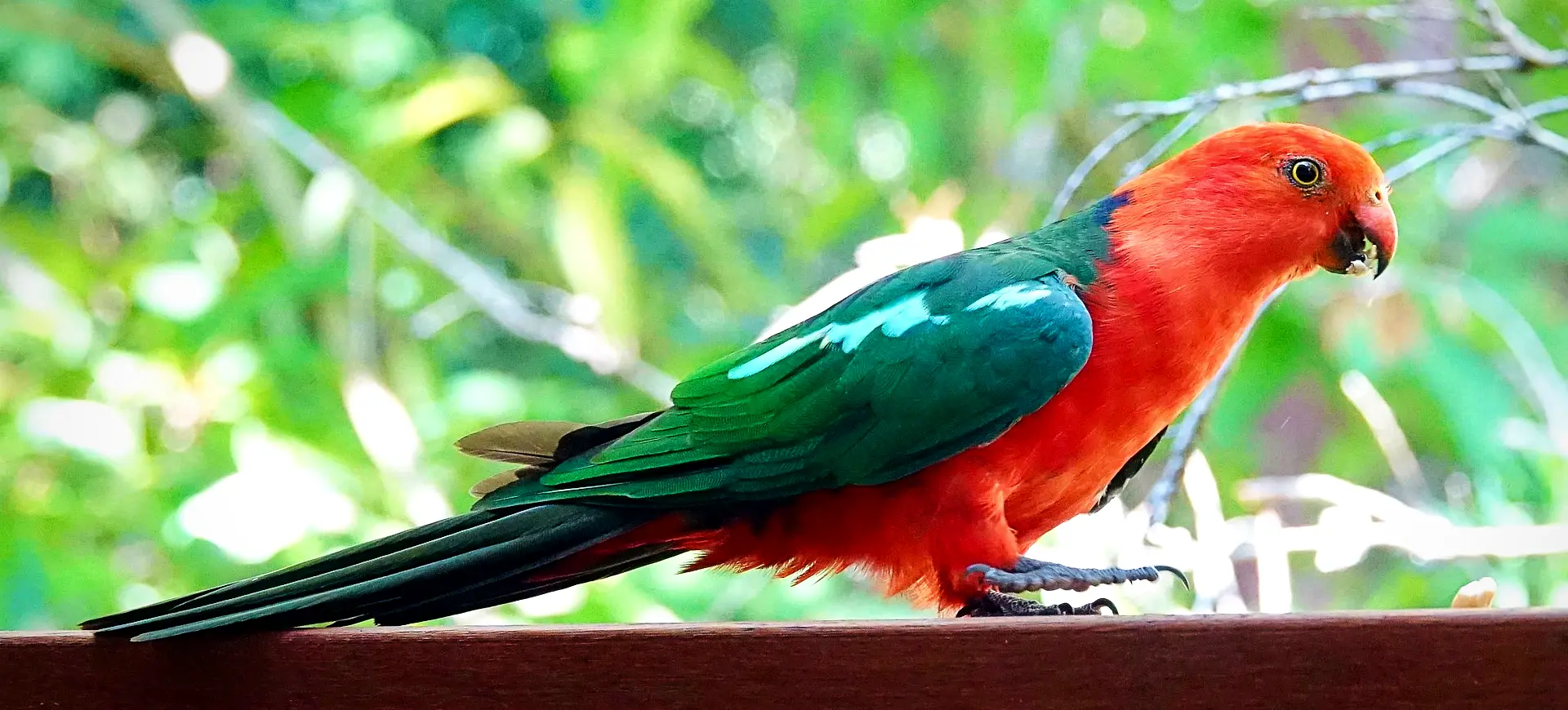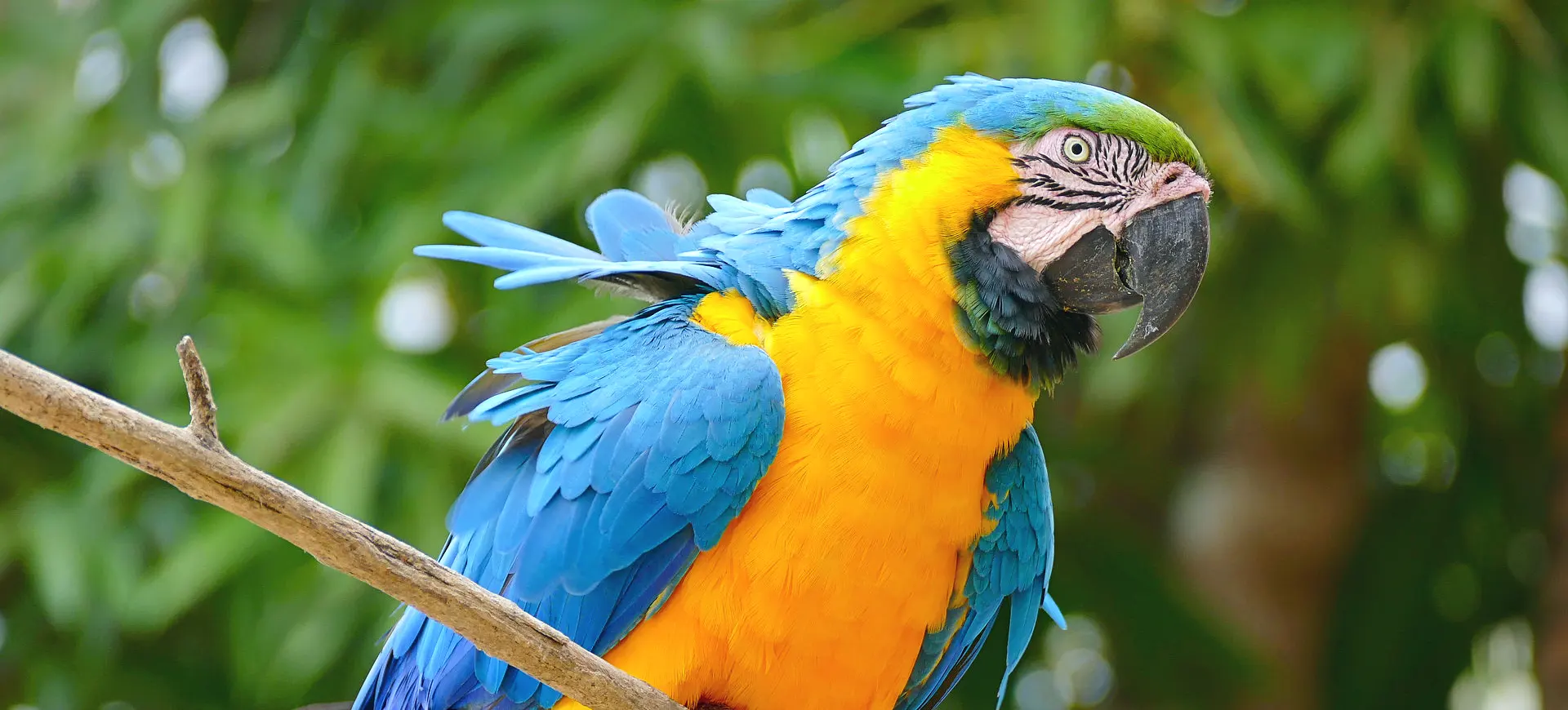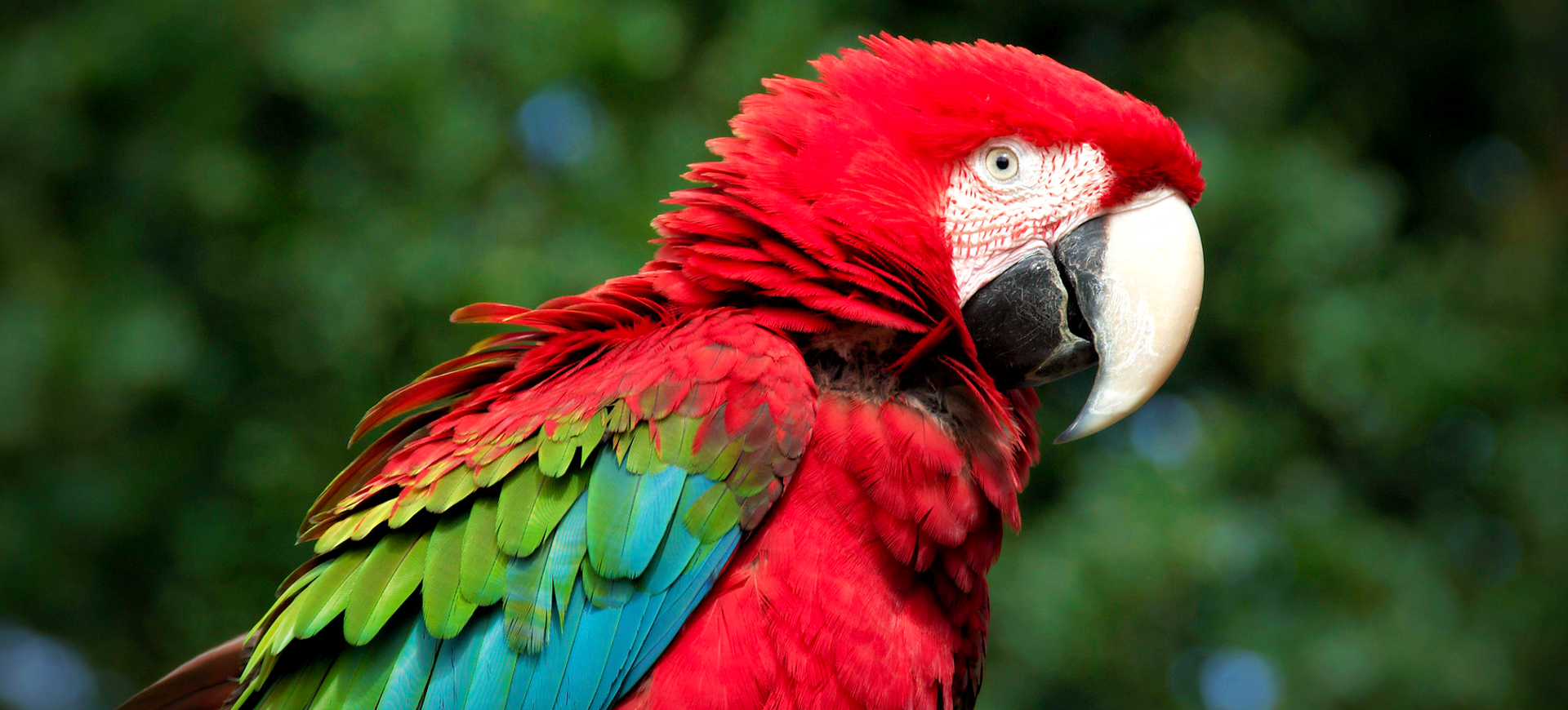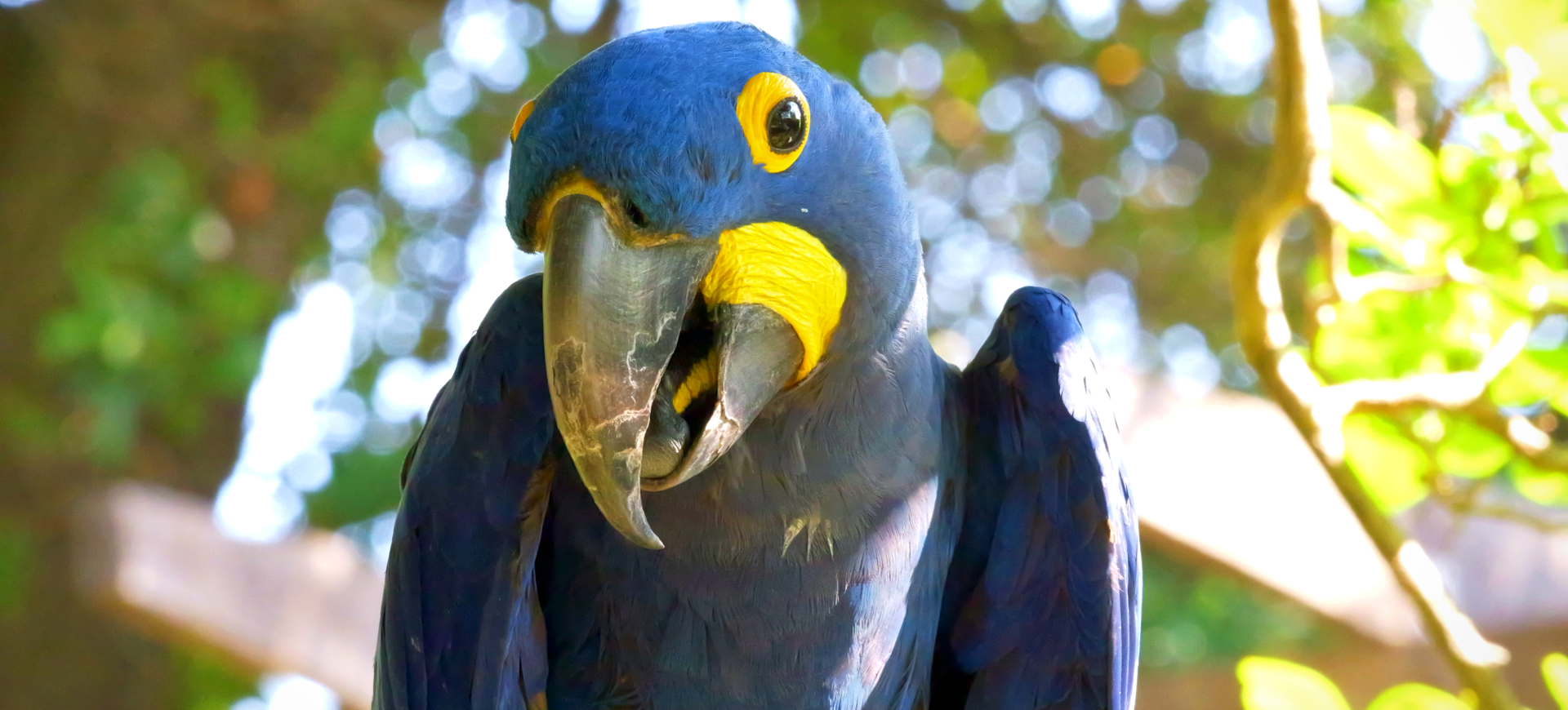Overview
The Saint Vincent Amazon is a vibrant and critically endangered parrot species endemic to the Caribbean island of Saint Vincent. Characterized by its striking plumage of greens, blues, and yellows, this bird is a national symbol and plays a vital role in its ecosystem. It primarily dwells in the lush, tropical rainforests of the island, where it contributes to seed dispersal and forest regeneration. The parrot’s diet consists mainly of fruits, nuts, and seeds, which it forages from the canopy, demonstrating its importance in maintaining the health and diversity of its habitat.
This species faces numerous threats, including habitat loss due to agricultural expansion, natural disasters, and illegal poaching for the pet trade. Despite these challenges, the Saint Vincent Amazon has become a focus of conservation efforts aimed at preserving its numbers and the unique biodiversity of Saint Vincent. Establishing protected areas and legal protections has helped stabilize the population, though continued efforts are necessary to ensure its long-term survival. These birds are social creatures, often found in pairs or small groups, and known for their loud, distinctive calls that echo through their rainforest home.
Conservation programs for the Saint Vincent Amazon have had a significant impact, incorporating habitat restoration, public education, and strict enforcement of wildlife protection laws. The success of these initiatives is critical for the species’ recovery, highlighting the importance of international cooperation and local community engagement in conservation efforts. The Saint Vincent Amazon symbolizes the Caribbean’s natural beauty and ecological richness, underscoring the need for sustained environmental stewardship.
Taxonomy
Kingdom
Phylum
Class
Order
Family
Genus
Species
Type
Physical Description:
The Saint Vincent Amazon parrot is distinguished by its bright and colorful plumage, which blends various shades of green across its body with highlights of blue and yellow. This species exhibits a striking red-and-white pattern around its eyes and a blue tint on the head, making it one of the most visually distinctive Amazon parrots. Adults can reach lengths of up to 40 cm (16 inches), showcasing a robust and stocky physique typical of the genus Amazona. Their powerful beaks are adapted to crack open hard nuts and seeds, a testament to their omnivorous diet.
Despite the vibrant colors, sexual dimorphism in this species is minimal, making it difficult to differentiate between males and females based on appearance alone. Juveniles display a more muted color palette, gradually intensifying as they mature. The birds’ zygodactyl feet, featuring two toes facing forward and two backward, allow them to climb and grasp food items skillfully. The Saint Vincent Amazon’s appearance is a marvel of nature’s artistry and serves practical purposes, such as camouflage among the forest foliage and attracting mates.

Lifespan: Wild: ~50 years || Captivity: ~50 years

Weight: Male: 23-28 oz (650-800 g) || Female: 22-27 oz (625-765 g)

Length: Male & Female: 16-18 inches (40-45 cm) || Male & Female: 16-18 inches (40-45 cm)

Wingspan: Male & Female: 24-30 inches (61-76 cm)

Top Speed: Unknown
Characteristic:
Native Habitat:
Amazona guildingii is native exclusively to the island of Saint Vincent in the Caribbean. Its preferred habitat includes the dense, wet rainforests of the island, where it benefits from the high biodiversity of plants and sheltering canopy. These forests provide the necessary resources for nesting, feeding, and social interactions among the parrots. The elevation range of their habitat varies, but they are typically found in areas that offer a mix of mature forests and areas for foraging.
The habitat of the Saint Vincent Amazon is under constant threat from deforestation and the impacts of climate change. Conservation areas and national parks have been established to protect these critical habitats. Preserving their natural environment is vital for the species’ survival, ensuring they have access to food and nesting sites. Efforts to reforest areas of Saint Vincent contribute to the restoration of the parrot’s habitat, promoting a healthier, more resilient ecosystem.
Climate Zones:
Biomes:
WWF Biomes:
Biogeographical Realms:
Continents:
Countries:
Diet:
Diet & Feeding Habits:
The Saint Vincent Amazon’s diet is predominantly frugivorous, consisting mainly of fruits, seeds, and nuts in its rainforest habitat. This varied diet is supplemented by flowers and leaf buds, demonstrating the parrot’s role in the ecosystem as both a seed disperser and a pollinator. These birds are known to forage in the canopy, where their diet helps shape the forest’s composition. The availability of food resources plays a significant role in their feeding behavior, with seasonal variations influencing their diet.
Conservation efforts aim to preserve the Saint Vincent Amazon’s natural habitats, ensuring a steady food supply throughout the year. The destruction of rainforests directly threatens their food sources, highlighting the importance of protected areas. In captivity, their diet is carefully managed to mimic natural food items as closely as possible, promoting health and longevity. Understanding the dietary needs of the Saint Vincent Amazon is crucial for both in-situ and ex-situ conservation strategies.
Mating Behavior:
Mating Description:
The Saint Vincent Amazon parrots are monogamous, forming long-term pair bonds essential for their reproductive success. During the breeding season, these birds engage in elaborate courtship rituals, which include vocalizations, head bobbing, and mutual preening, to strengthen their pair bonds. Nests are typically constructed in tree cavities, providing a safe environment for the laying and incubating of eggs. Both parents share responsibilities in raising the young, highlighting the importance of parental care in offspring survival.
The Saint Vincent Amazon’s breeding season occurs once a year, and the availability of food resources influences the timing. The female usually lays two to three eggs per clutch, then incubates them for approximately 26 to 28 days. The chicks are born altricial, requiring several weeks of care before being ready to fledge. Conservation efforts have focused on protecting nesting sites and reducing disturbances during the breeding season to support this species’ reproductive success.
Reproduction Season:
Birth Type:
Pregnancy Duration:
Female Name:
Male Name:
Baby Name:
Social Structure Description:
The Saint Vincent Amazon exhibits a complex social structure, with birds often seen in pairs or small groups, especially outside the breeding season. These groups engage in social activities such as feeding and grooming, strengthening social bonds and facilitating communication among individuals. The hierarchical nature of these groups is evident in feeding and roosting sites, where dominant birds often claim the best positions. Social interactions among Saint Vincent Amazons play a crucial role in the learning and transmitting behaviors, particularly for young birds learning to forage and navigate their environment.
During the breeding season, the Saint Vincent Amazon’s social structure shifts to focus on the monogamous pair and their offspring. This period is characterized by increased territoriality and aggression toward intruders as pairs work together to defend their nesting sites. The strong bond between mating pairs is essential for successfully rearing chicks, demonstrating the importance of stable pair bonds in the species’ reproductive strategy. The Saint Vincent Amazon’s social dynamics indicate the complex behaviors that contribute to the species’ survival and adaptability in the wild.
Groups:
Conservation Status:
Population Trend:
The population of the Saint Vincent Amazon has been vulnerable due to habitat loss, hunting, and the pet trade. However, conservation efforts, including habitat protection and the establishment of laws against illegal trade, have contributed to a positive trend in population numbers. These efforts are crucial for the species’ survival, as they address the direct and indirect threats to its existence. Establishing national parks and protected areas on Saint Vincent provides critical habitat for the Saint Vincent Amazon and helps ensure its continued presence on the island.
Conservation programs that include captive breeding, public education, and habitat restoration have increased awareness and support for the Saint Vincent Amazon. These initiatives have contributed to stabilizing the wild population and enhanced the species’ genetic diversity through carefully managed breeding programs. Continued monitoring and research are essential to understanding the long-term trends of the population and adapting conservation strategies as needed. The success of these efforts highlights the importance of integrated conservation approaches in safeguarding endangered species.
Population Threats:
The main threats to the Saint Vincent Amazon include habitat destruction due to agricultural expansion, logging, and natural disasters. These activities reduce the available habitat for the species, limiting its range and access to food. Illegal hunting and capture for the pet trade also pose significant risks, leading to a decrease in the wild population. The impact of climate change, with its potential to alter the bird’s habitat and food sources, represents an emerging threat that requires attention.
Conservation challenges for the Saint Vincent Amazon are compounded by the island’s limited land area and the high demand for land for agriculture and development. Efforts to mitigate these threats include enforcing wildlife protection laws, habitat restoration projects, and community engagement in conservation practices. The involvement of local communities in conservation efforts is critical, as it promotes sustainable practices that benefit both the environment and the people. Addressing these threats through a combination of legal, environmental, and social strategies is essential for the future survival of the Saint Vincent Amazon.
Conservation Efforts:
Conservation efforts for the Saint Vincent Amazon have included establishing protected areas, such as the Saint Vincent Parrot Reserve, which provides critical habitat for the species. Captive breeding programs aim to increase the population and maintain genetic diversity, safeguarding against potential catastrophic losses in the wild. Education and outreach programs raise awareness about the importance of conservation and the threats facing the species, fostering community support for protection measures.
International cooperation and funding have been pivotal in supporting conservation initiatives for the Saint Vincent Amazon. These efforts are complemented by research to better understand the species’ ecology, behavior, and needs, informing more effective conservation strategies. The collaboration between government agencies, non-governmental organizations, and local communities exemplifies a comprehensive approach to conservation that addresses both immediate threats and long-term sustainability. The ongoing commitment to these efforts is crucial for ensuring the Saint Vincent Amazon remains a vibrant part of Saint Vincent’s natural heritage.
Additional Resources:
Fun Facts
- The Saint Vincent Amazon is the national bird of Saint Vincent and the Grenadines.
- Its vibrant plumage makes it one of the most visually striking birds in the Caribbean.
- This species can mimic sounds and human speech, although not as frequently as other parrot species.
- The Saint Vincent Amazon’s strong beak can crack even the toughest nuts and seeds.
- They play a critical role in their ecosystem as seed dispersers, aiding forest regeneration.
- The bird’s feathers change in color intensity and pattern as it ages.
- Despite their size, they are agile fliers capable of maneuvering through dense forests.
- Conservation programs for the Saint Vincent Amazon have successfully increased public awareness and support.
- The Saint Vincent Amazon has a varied diet that includes over 30 fruits.
- They are known for their loud, distinctive calls, which can be heard over long distances in their forest habitat.





